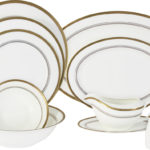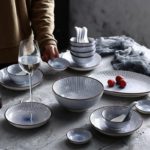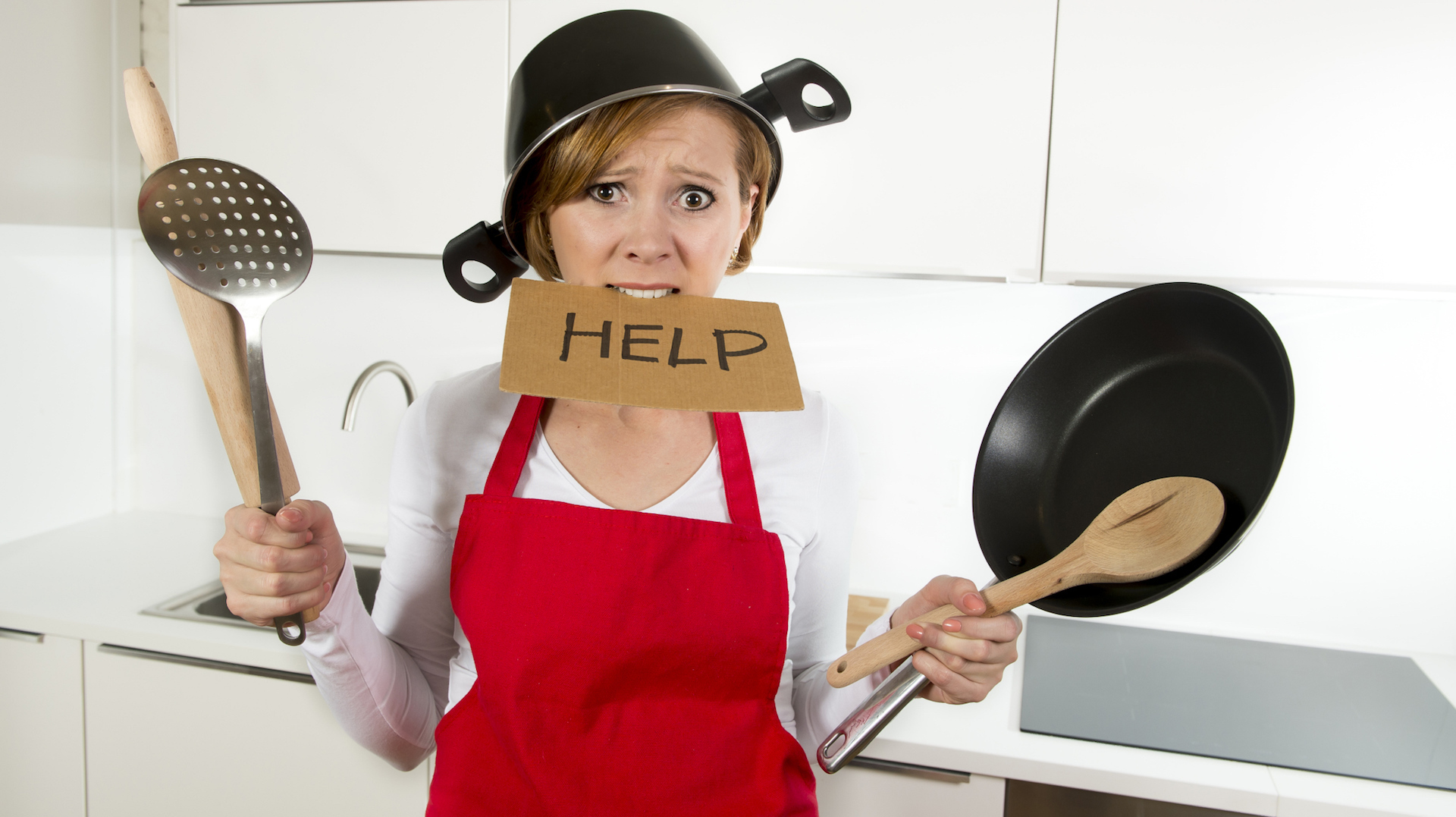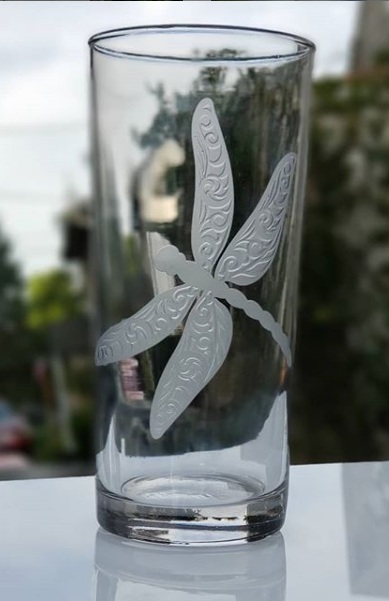What are plates usually made of?
The plate, the first prototype of which was invented back in the Neolithic era, remained for quite a long time either a precious curiosity or an excess. This is best evidenced by the fact that in the Middle Ages, the tables of the nobility could be bursting with dishes served on the table in large dishes, but instead of personal plates, these same aristocrats used either round bread cakes or recesses hollowed out directly in the tabletop.
Fortunately, these times are behind us and the plate has firmly entered our everyday life. Moreover, in such a variety of types that the simplest way to classify this tableware turned out to be the material of its manufacture. On the one hand, this is even good, because only by knowing what the plates are made of can you avoid unpleasant surprises, which sometimes even affect the health of the people using these utensils.
The content of the article
Ceramic plates
A little information to avoid confusion: ceramics are products made from inorganic materials, such as clay, that are fired at high temperatures. This means that porcelain, earthenware and majolica are ceramics in the same way as the bowls that come off the potter's wheel.
But as for the structural features of ceramic ware, there are five main options.
Porcelain - a dense sintered glassy material of white (often with a bluish tint) color, made from kaolin, sand, feldspar and some other additives. When you tap on such cymbals, a melodic high-pitched ringing occurs. As for other characteristic features, among them are the small thickness of the products and extremely low water absorption (up to 0.2%). The latter, by the way, is emphasized by the absence of glaze on the edges of the side or the base of the plate.
Semi-porcelain - a slightly greater thickness, the same white color, less melodious ringing and water absorption of 3 to 5% do not allow such plates to be called porcelain. But the inexperienced layman most likely will not be able to distinguish one from the other.
Faience - the most widely used material, consisting of a mixture of white-burning clay, chalk and sand. The color of the shard is milky white (with a yellowish tint), and the plates themselves are completely covered with a transparent glaze due to quite serious porosity (water absorption 9–12%).
Majolica It can be earthenware, made from white-burning clay, and pottery, using red-burning clay. Chalk, flux and sand are used as additives. Majolica plates are completely covered with glaze due to high (about 15%) water absorption. Characteristic features include small wall thickness, shine and a smooth surface, often complemented by a relief pattern.
Pottery ceramics - a porous material of a reddish color, covered with a colorless glaze and often painted with colored clay paints. The walls of the dishes are quite thick, but at the same time less durable than those of earthenware or porcelain.
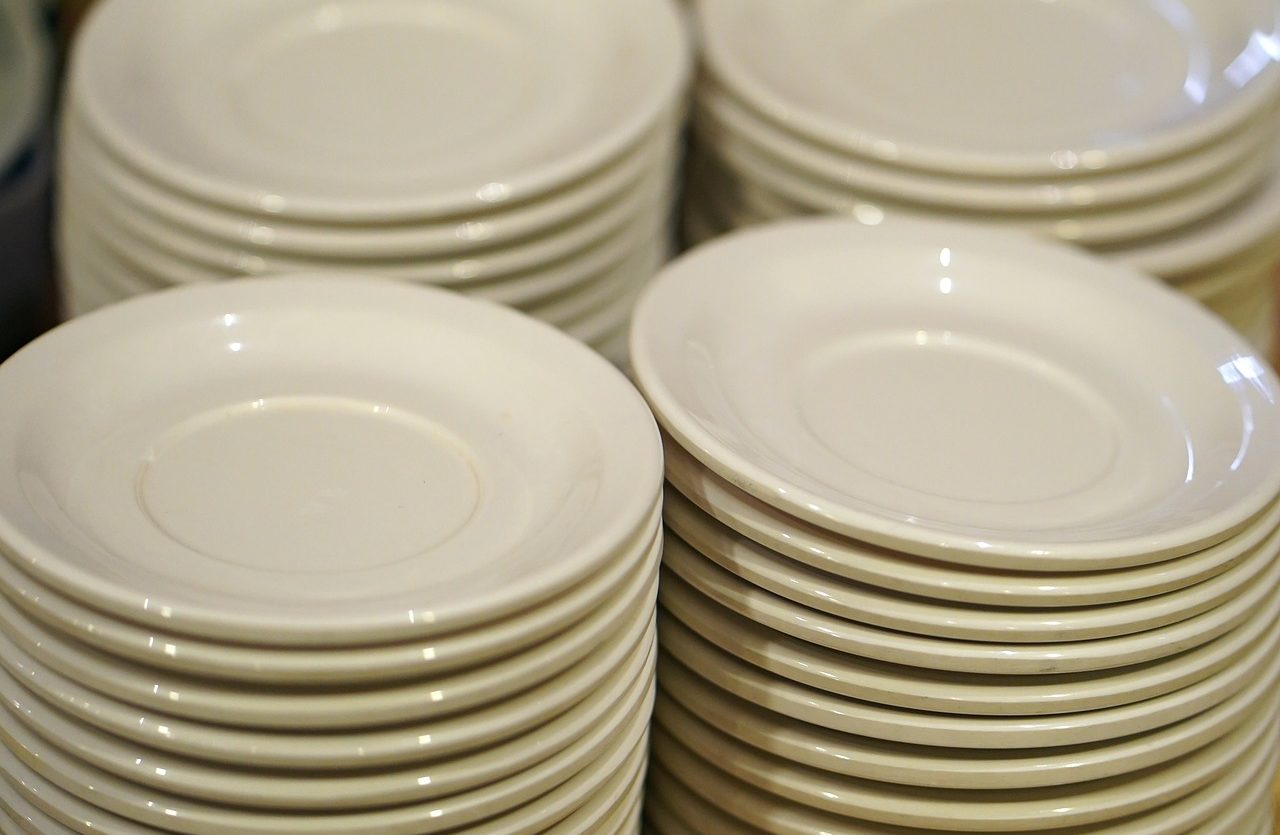
Glass plates
The next most popular material for making durable plates is glass, which is also conventionally divided into several types, taking into account the characteristics of the material. The most widespread dishes are made from borosilicate glass or glass ceramics, better known as glass ceramics. These materials are distinguished by their high strength and heat resistance.
The second option for glass plates is crystal (lead-silicate glass) high-quality products of high density. Such plates are easily recognized by their characteristic ringing and engraving, emphasizing the multi-colored play of light.
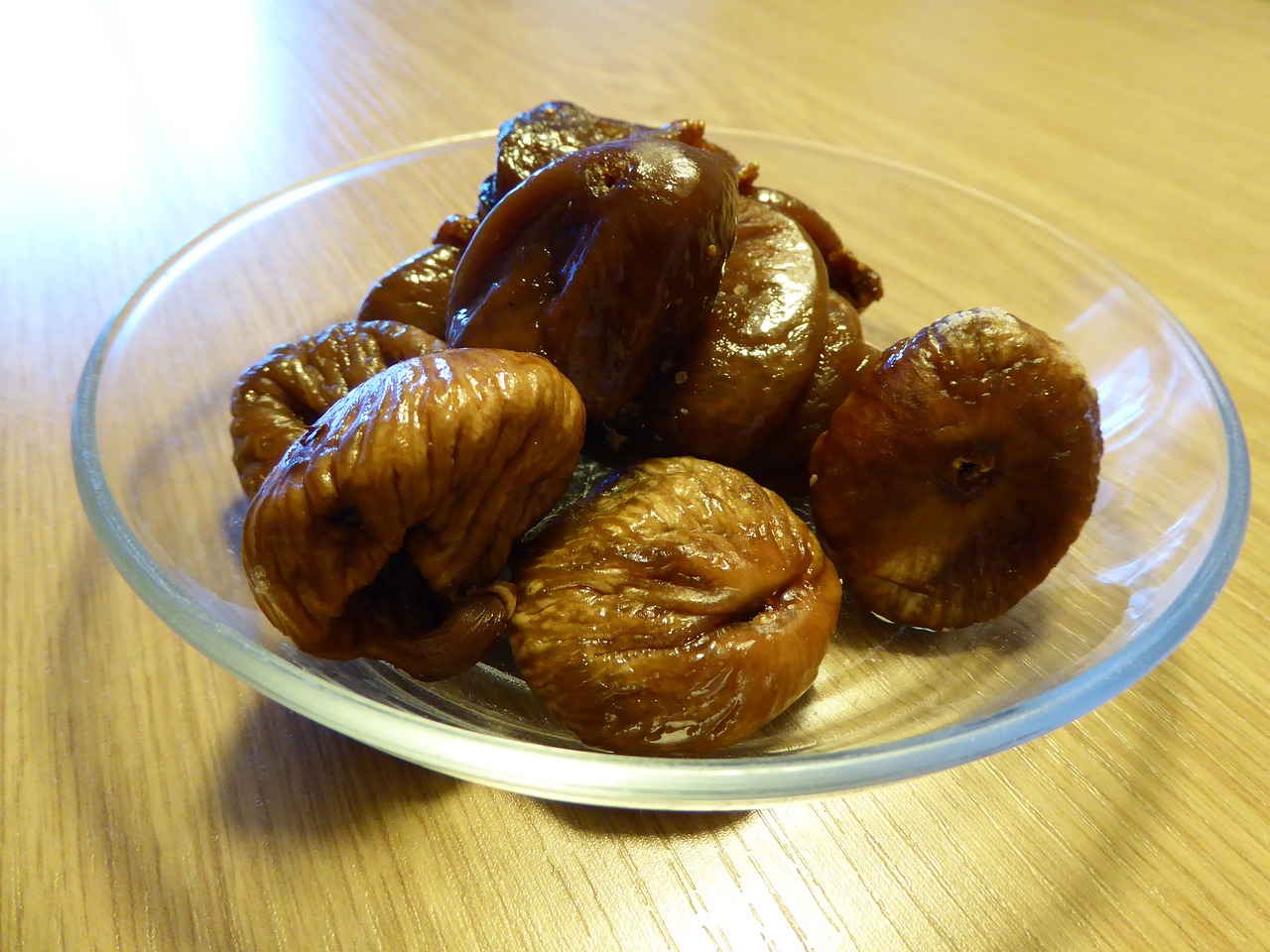
Metal and wood
The most popular option is stainless steel plates. Occasionally there are products made of aluminum and tinned copper. The only interesting qualities of such cookware are low cost and durability associated with high strength. But high thermal conductivity, combined with low aesthetic qualities, quite rightly prevents the wide distribution of such utensils.
Wooden plates have only one serious drawback - the ability to absorb odors. It is for this reason that they are used extremely rarely, and where they do find their place, they are often used only for serving certain dishes. For example, if you serve a fish dish in a wooden bowl, in the future it will be possible to serve only that fish, since the wood will absorb the smell and transfer it to other dishes.
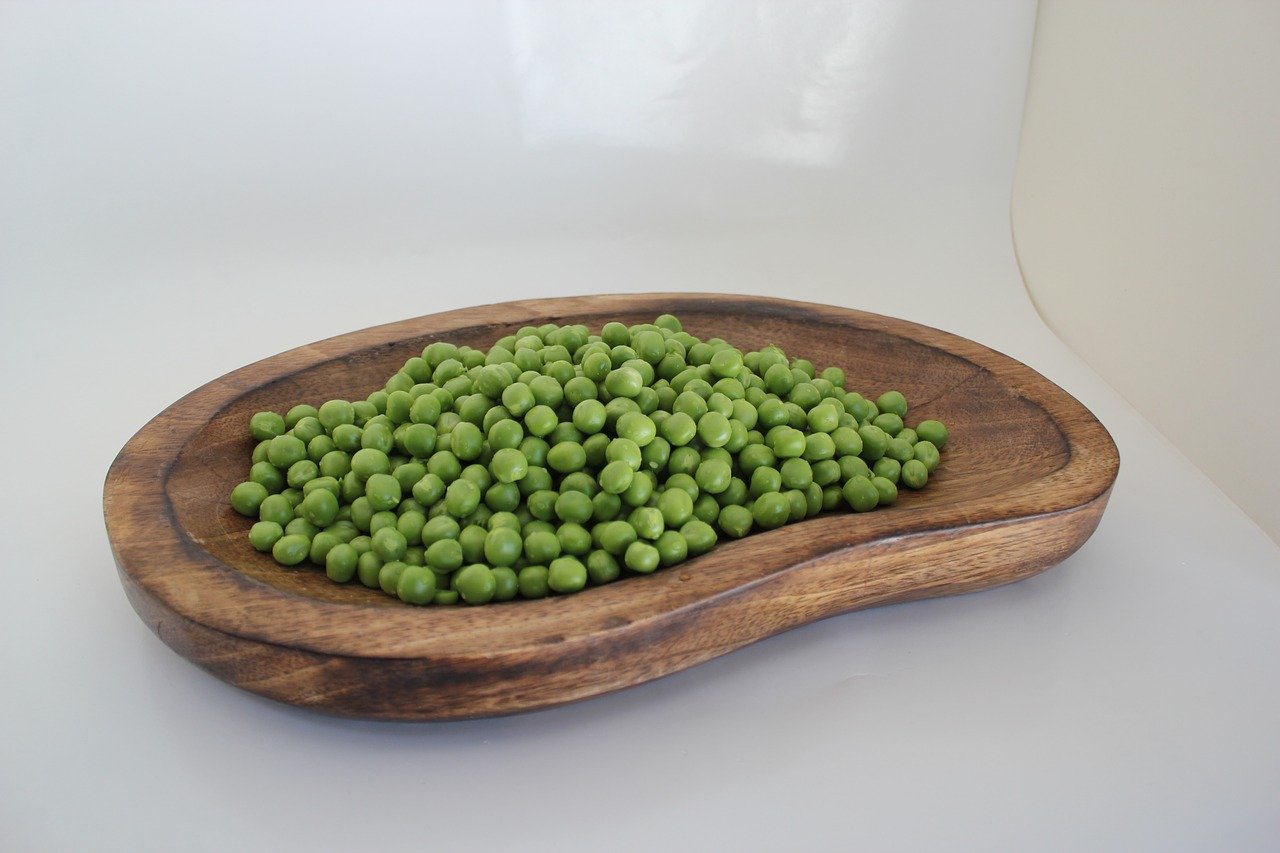
Plastic
Such plates are made from polypropylene, polystyrene, melamine and other synthetic or natural high molecular weight polymers.The most widespread is disposable tableware - fragile, inconvenient, but gaining popularity due to its low cost and lack of need to wash used products.
But there are also reusable plastic plates, when buying which you should be careful - not all plastic dishes are intended for food. In the same case, when you purchase “food grade” plastic, it would be a good idea to study the labeling, since most of these products begin to release toxic substances upon contact with hot food.
An equally important point is coloring matter: bright colors can also indicate an overabundance of chemicals that easily react with food.
But even if the above warnings do not apply to the selected plate, there is nothing particularly to be happy about - the plastic is short-lived, easily scratched and stained, which quickly renders it unusable. And used products that end up in a regular landfill also cause harm to the environment. True, this can be avoided, because plastic is recyclable.
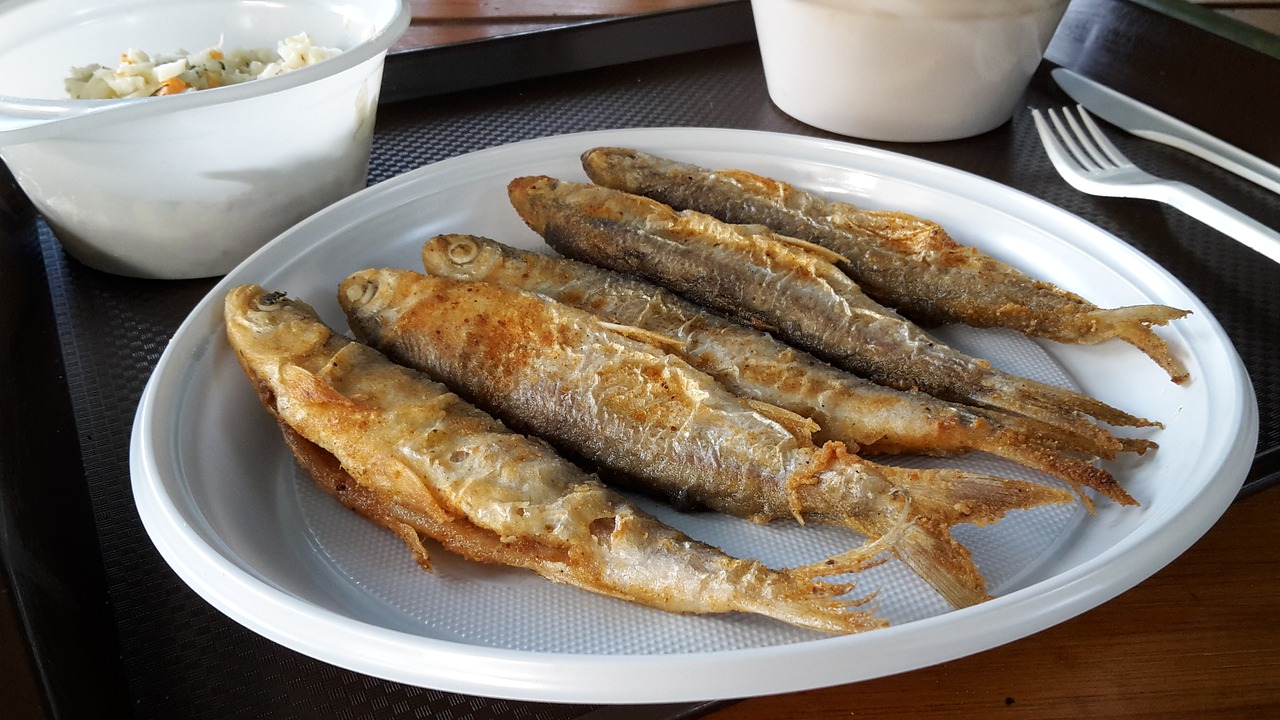
Paper plates
The result of promoting environmental friendliness with an inevitable emphasis on the dangers of plastic. But disposable paper plates lost the battle to plastic ones for three main reasons:
- technological complexity of production;
- production from primary cellulose obtained from wood raw materials;
- using polyethylene as a coating for the internal surface.
The last point is especially noteworthy, because it is from it that such dishes are practically impossible to recycle.A paper plate thrown into a landfill might decompose in 1–2 years without causing harm to the environment, but due to water-repellent impregnations and polyethylene, it decomposes for decades.
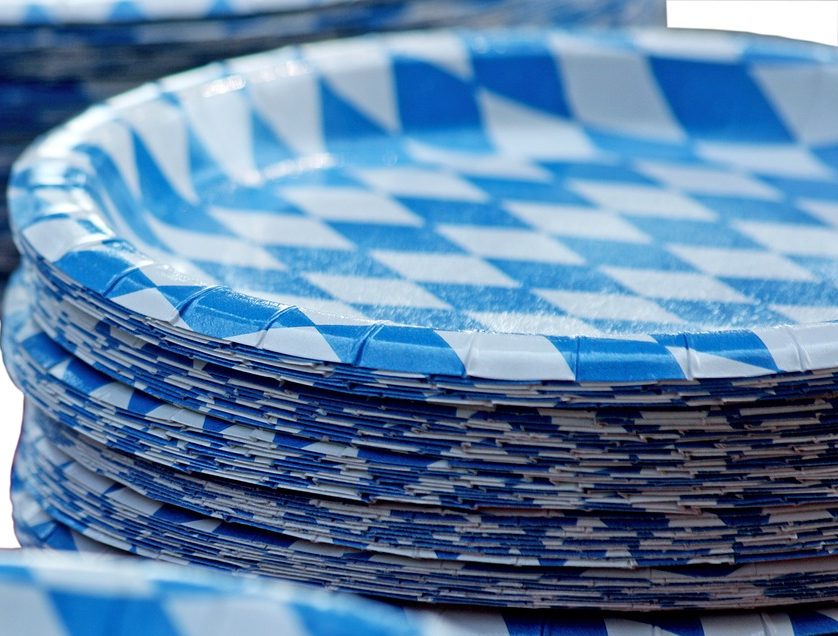
That is why, concluding the review of the materials from which plates are made, I would like to draw attention to another type of them - edible tableware. It is made from bran and flour, and moisture resistance is achieved due to the baking features. Therefore, after use, such a disposable plate can also serve as food for domestic or stray animals, not to mention the rapid decomposition in the natural environment.


